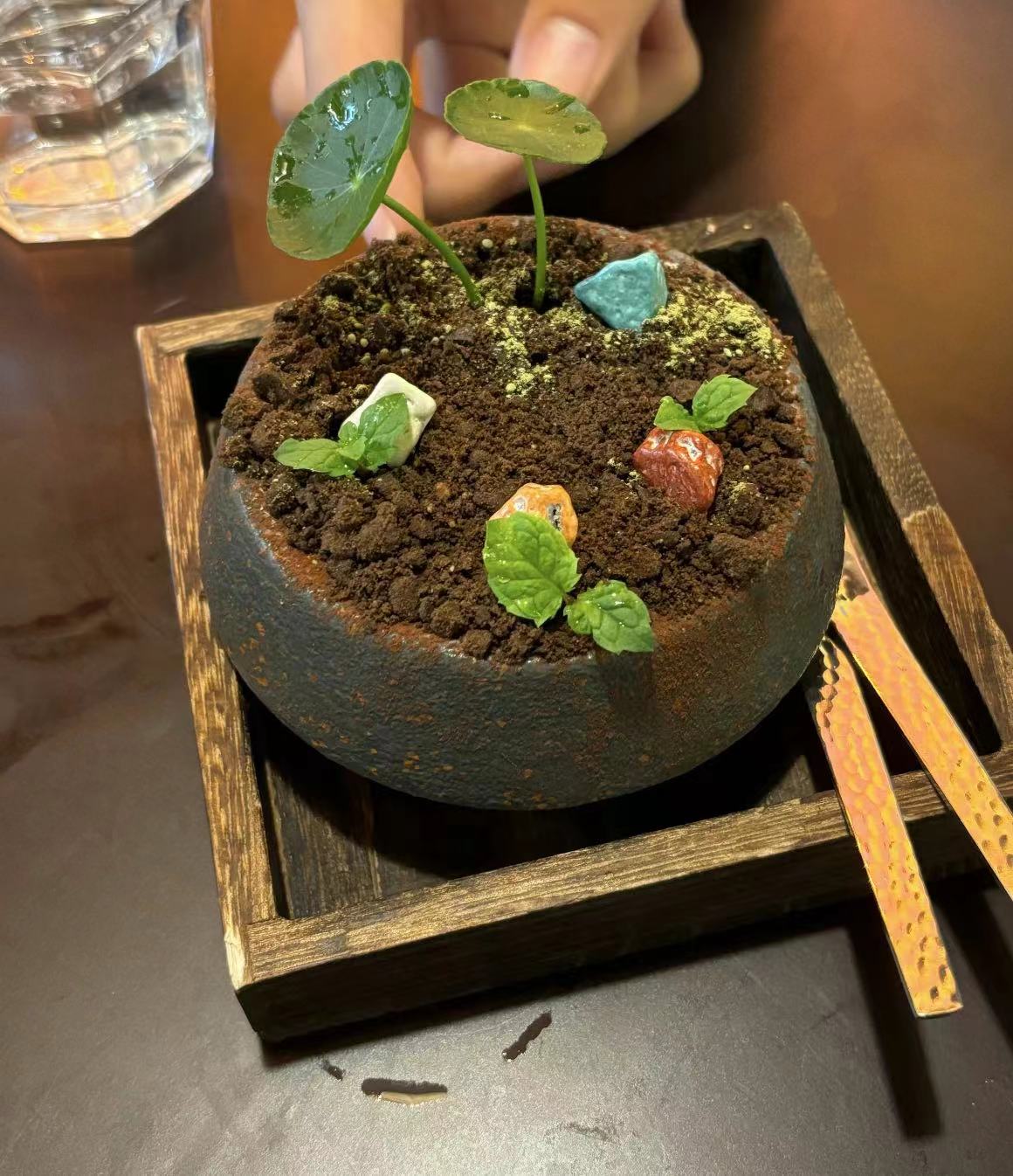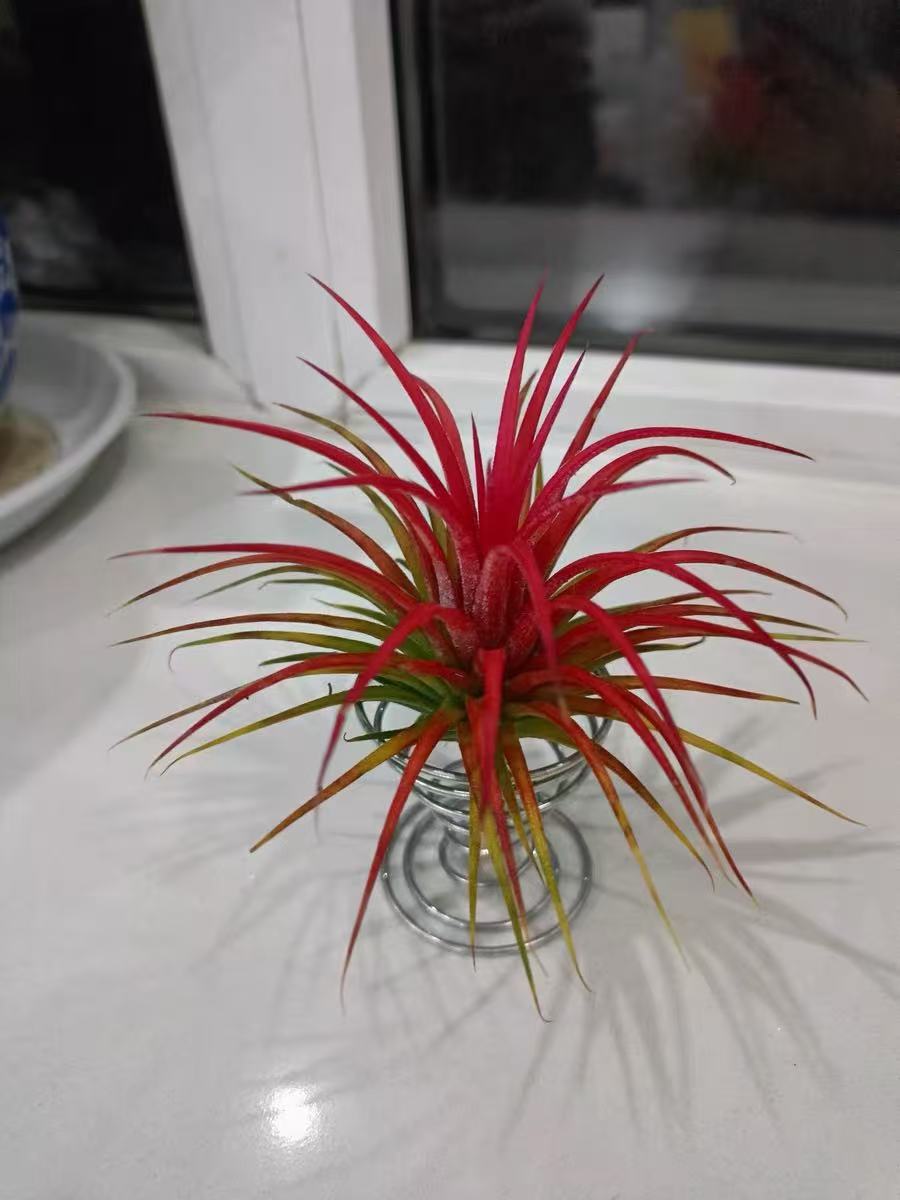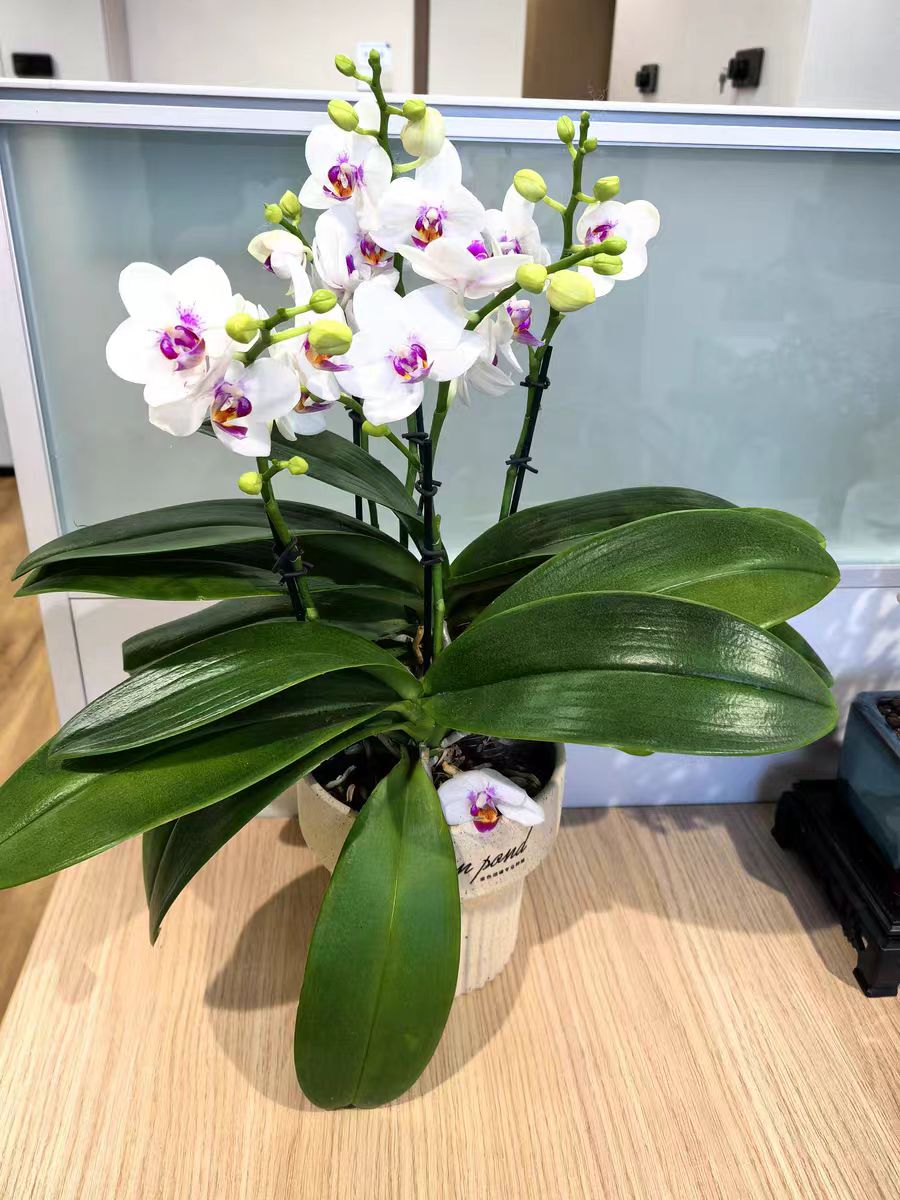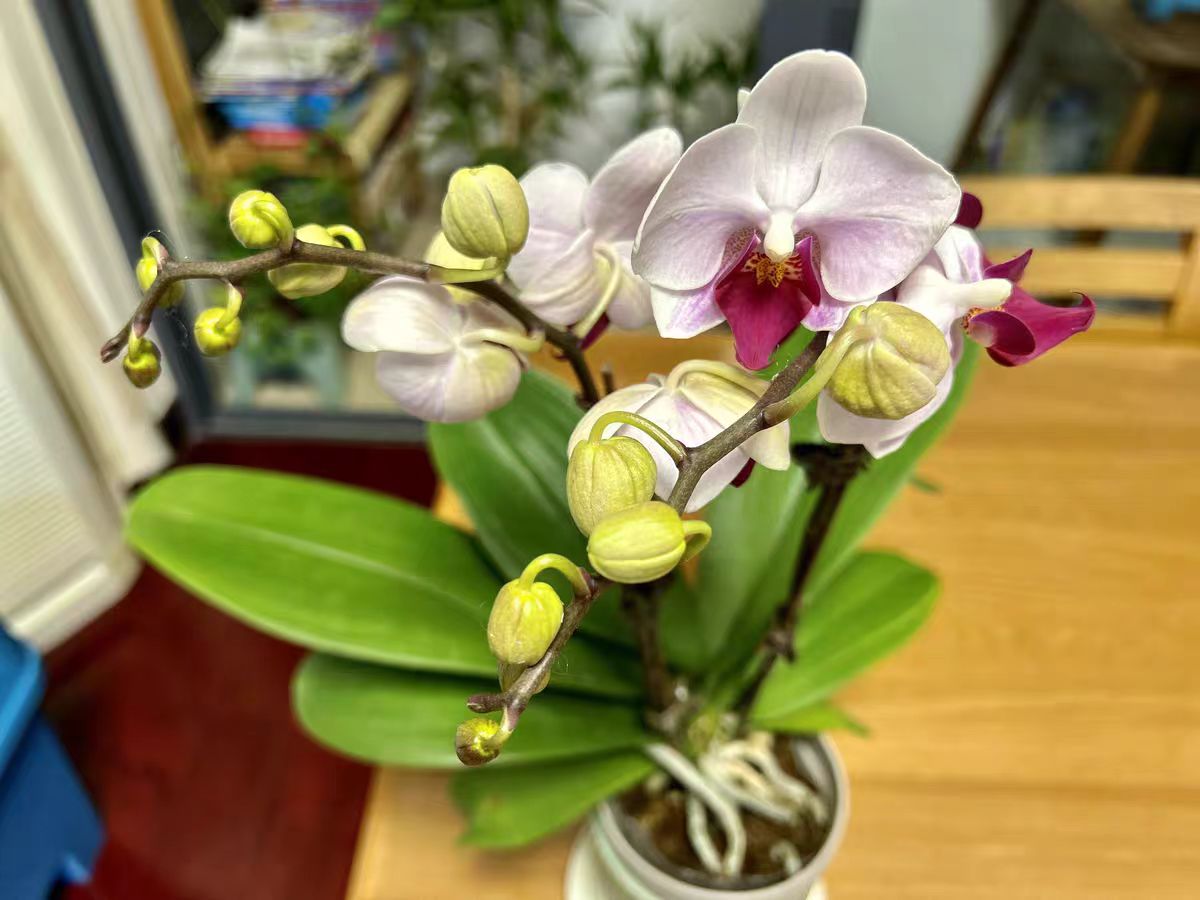For novice flower growers, watering may seem like a simple task. However, if the method is not mastered well, no matter how many flowers there are at home, they may be ruined. Here is a watering guide for novice potted plants to help you properly replenish water for flowers.
Understand the water demand characteristics of different flowers
Different flowers have different water needs. Generally speaking, drought-tolerant plants such as succulents and cacti require less water, while moisture-loving plants such as ferns and calathea need more water. Before raising flowers, understanding the types and characteristics of the flowers being raised is the first step in reasonable watering.
Observe the dryness and wetness of the soil
An important method to judge whether watering is needed is to observe the dryness and wetness of the soil. You can insert your finger into the soil. If you feel that the soil is dry and there is no moist feeling 2-3 centimeters below the surface, then watering is needed. Or you can use a soil hygrometer to measure the soil moisture more accurately.
Choose the right watering time
The watering time is also crucial. Generally speaking, morning or evening is a more suitable watering time. Avoid watering when the sun is strong at noon, because at this time, the temperature difference between the water temperature and the soil temperature is large, which is easy to damage the flower roots. In addition, watering in winter should be chosen at noon when the temperature is relatively high to prevent flowers from freezing.
Master the correct watering method
The amount of watering should be moderate. Excessive watering will cause water accumulation in the soil, making the flower roots lack oxygen and thus causing root rot; too little watering cannot meet the growth needs of flowers. Generally speaking, water should be thoroughly watered, that is, let the water flow out from the drainage hole at the bottom of the flowerpot, but do not overwater.
Avoid watering "halfway water". The so-called "halfway water" means only wetting the surface of the soil, while the soil at the bottom is still dry. This will make the flower roots unable to absorb enough water and affect the growth of flowers. Water slowly when watering to ensure that the water can fully penetrate into the soil.
Spray water on the leaves. For some moisture-loving flowers, you can appropriately spray water on the leaves to increase air humidity. But be careful not to let water droplets stay on the leaves for a long time when spraying water to avoid causing leaf rot.
Pay attention to water quality issues
The water quality for watering will also affect the growth of flowers. Generally speaking, natural water such as rainwater and river water is a better water for watering flowers. If tap water is used, it is best to let it stand for a while to allow the chlorine in the water to volatilize before using it. In addition, avoid using water with too much salt or too much alkalinity to water flowers.
Adjust the watering amount according to the season
The water demand of flowers will also change in different seasons. In summer, the temperature is high and the water evaporates quickly. Flowers need a large amount of water, so the watering amount should be appropriately increased; in winter, the temperature is low and the growth of flowers is slow, so the watering amount should be reduced. In spring and autumn, adjust the watering amount reasonably according to the growth situation of flowers and weather conditions.
Novice flower growers should observe more and learn more in terms of watering. According to the characteristics and growth environment of different flowers, master the correct watering method.
How should beginners water flowers?

Share with
Tagged in :




Leave a Reply